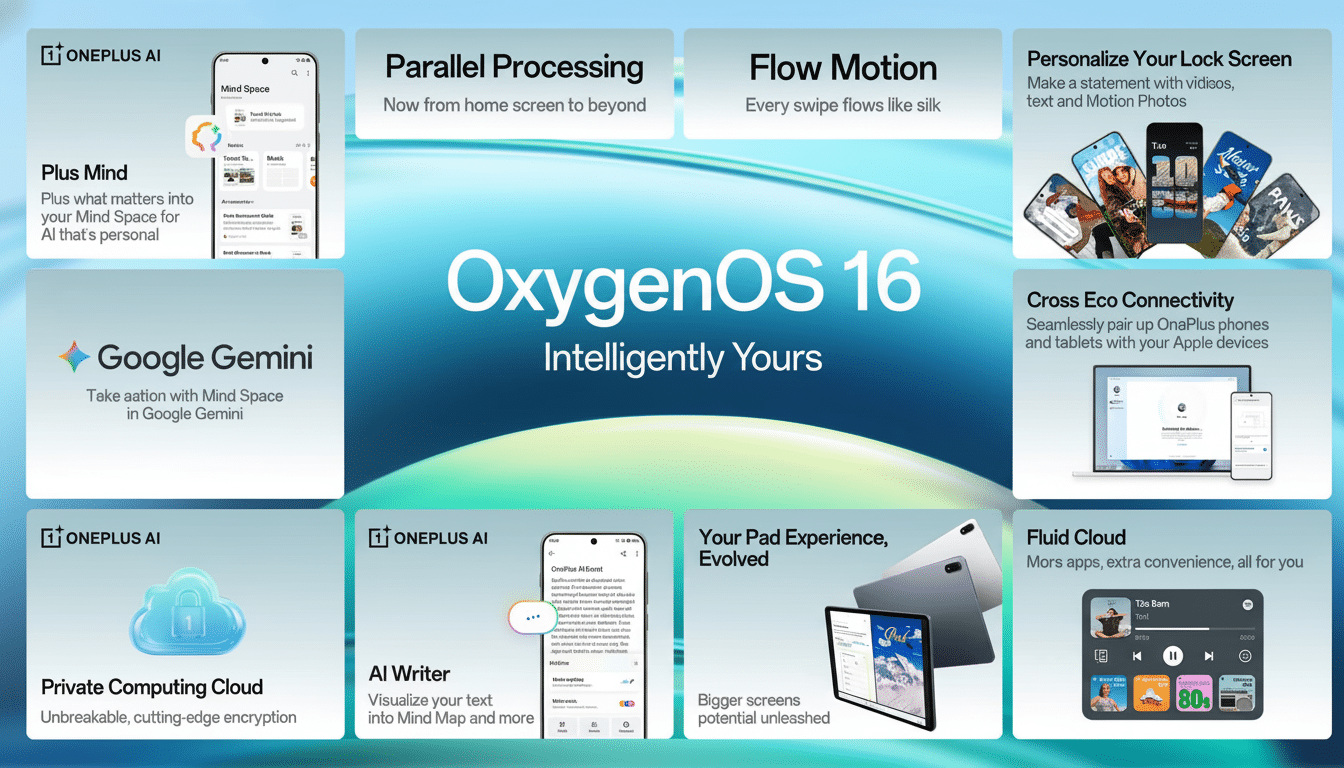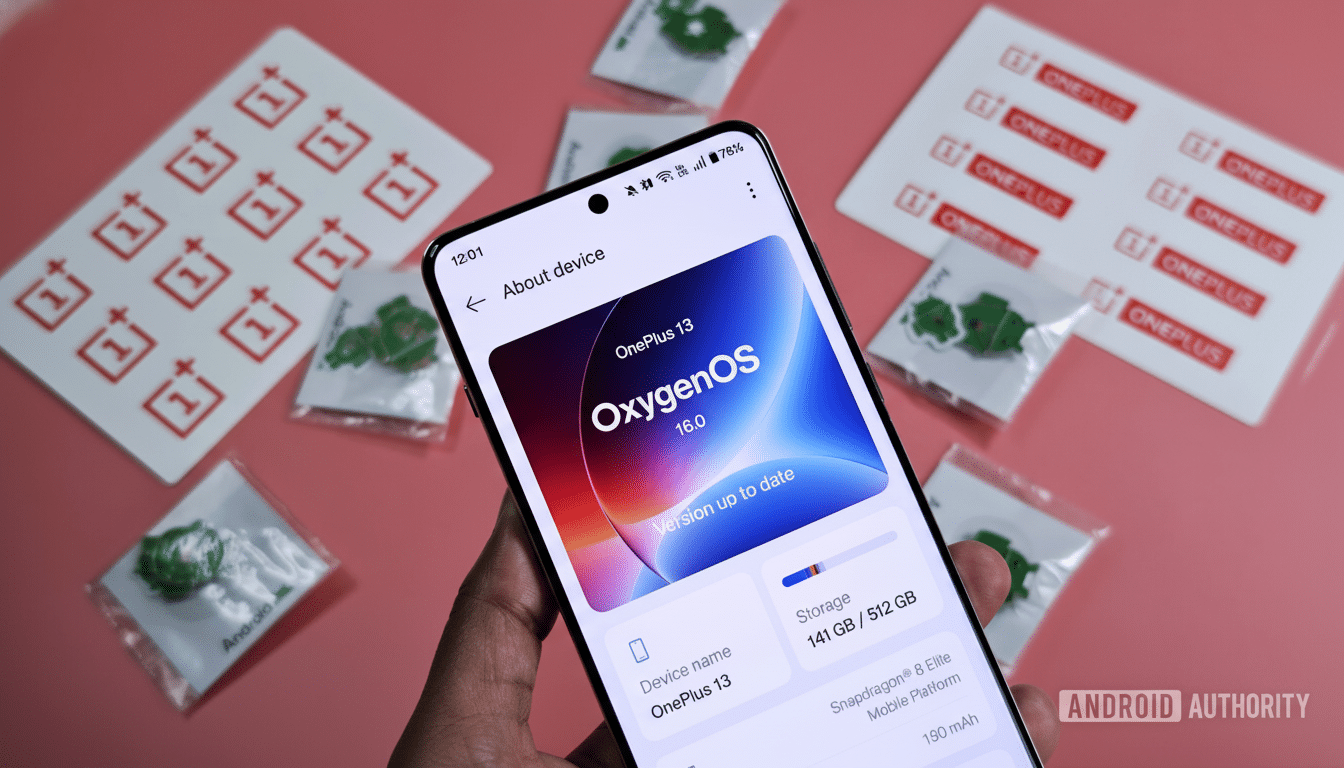OnePlus has released a build of OxygenOS 16 based on Android 16, but the “open” part of “Open Beta” does a lot of heavy lifting. It is gated access, you must apply, limited to one market, and, even after they do that, approved users wait for their download. In short, it’s open in name rather than practice.
The early programme offers a sneak peek at the Android 16 features packed into OxygenOS tweaks, to only a handful of recent OnePlus smartphone owners. It also illustrates how giant-brand mobile beta tests are blurring the line between public pilots and controlled test tracks.
- What OnePlus Announced About Its OxygenOS 16 Open Beta
- Why an Open Beta That’s Not Open Still Makes Sense
- How It Compares With Pixel, Samsung, and Xiaomi Betas
- What Testers Should Expect From the OxygenOS 16 Beta
- What This Means for OxygenOS 16 and Its Stable Release
- Bottom Line: OnePlus’s Android 16 Beta Isn’t Truly Open

What OnePlus Announced About Its OxygenOS 16 Open Beta
The Open Beta Test for OxygenOS 16 is currently available for multiple models, so anyone that wants to check it out ahead of the full software release can do so thanks to OnePlus. Sign-up takes place on the company’s community forums, where an abbreviated questionnaire is used to pick who gets in. If you get approved, OnePlus says that it can take up to five days for the beta build to show up on your device.
There are three notable limits.
- Beta is an India-only thing for now.
- Entry is “recruited” rather than automatic; they do screen applicants at all levels of involvement, so this is effectively a closed beta.
- The window for enrollment is slim, and spots are limited, so even those who qualify may lose out.
Why an Open Beta That’s Not Open Still Makes Sense
Open beta in software speak usually means not requiring to be looked at manually, instead being able to opt in if their hardware is a fit when they choose. OnePlus’s model leans on open-program language with the knobs of a closed pilot. That can put off power users, but it also reflects the day-to-day reality of modern Android testing: staged rollouts lower risk, regional targeting simplifies compliance and network optimization, and a curated cohort creates cleaner feedback.
India is its natural launching point. It’s one of OnePlus’s better markets, with an active enthusiast base and a high percentage of unlocked devices. “OnePlus has been listed as one of the top 3 premium brands in India for a number of quarters now, and we have a strong, highly engaged pool of users who are even kind enough to opt into beta testing using our builds as daily drivers,” says Arnold Roy, OnePlus’ head of software.
How It Compares With Pixel, Samsung, and Xiaomi Betas
Google’s Android Beta Program for Pixel devices is its closest facsimile of a really open model: qualified users tap to enroll, then receive builds over the air, no questionnaire needed. Samsung’s One UI betas fall in between—staggered region releases, and generally capacity-limited, but sign-up is usually do-it-yourself through the Samsung Members app. Xiaomi, on the other hand, and, to a lesser extent, some of the smaller OEMs, often have “pilot” betas with application-style gates like OnePlus is doing here.

On that scale, “Open Beta” from OnePlus is more akin to a pre-production trial. The label creates an expectation of wide access that the process fails to deliver on, though as a matter of theory (quality and risk management) it is not unreasonable.
What Testers Should Expect From the OxygenOS 16 Beta
Beta is a testing ground on which the software never was designed to be finished. Anticipate performance hiccups, battery drain, app incompatibilities, camera quirks, and broken integrations with things like contactless payments or banking apps. If you need your phone for work, maybe think twice.
Back up everything before installing. OnePlus warns that downgrading to stable firmware will erase all user data, and recovery can be a slow process. Budget for the delay in approval after applying as well, because the build won’t arrive immediately.
What This Means for OxygenOS 16 and Its Stable Release
Launching a beta — even an opt-in, curated one — is a sign that OOS 16 is reaching its end-feature phase and OnePlus feels confident enough to collect real-world telemetry. This echo from the street allows for tuning of battery policies, network behavior and camera pipelines — all things that lab tests seldom manage to record completely.
The bigger takeaway is strategic. By poaching in its biggest market (in terms of the satisfaction of its customers, anyway) and strangling access, OnePlus can minimize feedback loops while also limiting the explosive range of any given bug. That should help with day-one stability when the stable OxygenOS 16 reaches users, but it also leaves a lot of fans behind for now.
Bottom Line: OnePlus’s Android 16 Beta Isn’t Truly Open
OnePlus is serving up an early helping of Android 16, but the name “Open Beta” inflates how widely available it is. It’s a controlled test, involving a questionnaire, regional constraints, and a waiting period. That may be the quality call, but it is by definition not open.

